Inside Orania, South Africa’s Whites-Only Town A Thriving Cultural Enclave or a Stark Reminder of the Country’s Segregated Past
ORANIA, SOUTH AFRICA— The town of Orania is situated near the Orange River and is famous as a whites-only settlement. It draws much controversy which raises questions about segregation and identity. The town of Orania stands as a stark anomaly in the post apartheid era of South Africa.
The Vision of Orania: A Town Apart
The settlement was built in 1991 and served as a sanctuary for Afrikaner-descendents of the Dutch settlers who arrived at the Cape of Good Hope in 1652. The town is made up of white South Africans willing to preserve their culture, language and lifestyle. The population is circled by 3000 people setting and serves them as self sustaining community which has its own flag, currency (the Ora), And digital version (dOra).
The motto of the town is, “Working for Freedom,” entails the lucide view of its settlers which seek self capability and liberty from external control. Thr town’s founders envisioned it to be a place where Afrikaners are free from external intereference to preserve their culture and heritage.
Life in Orania
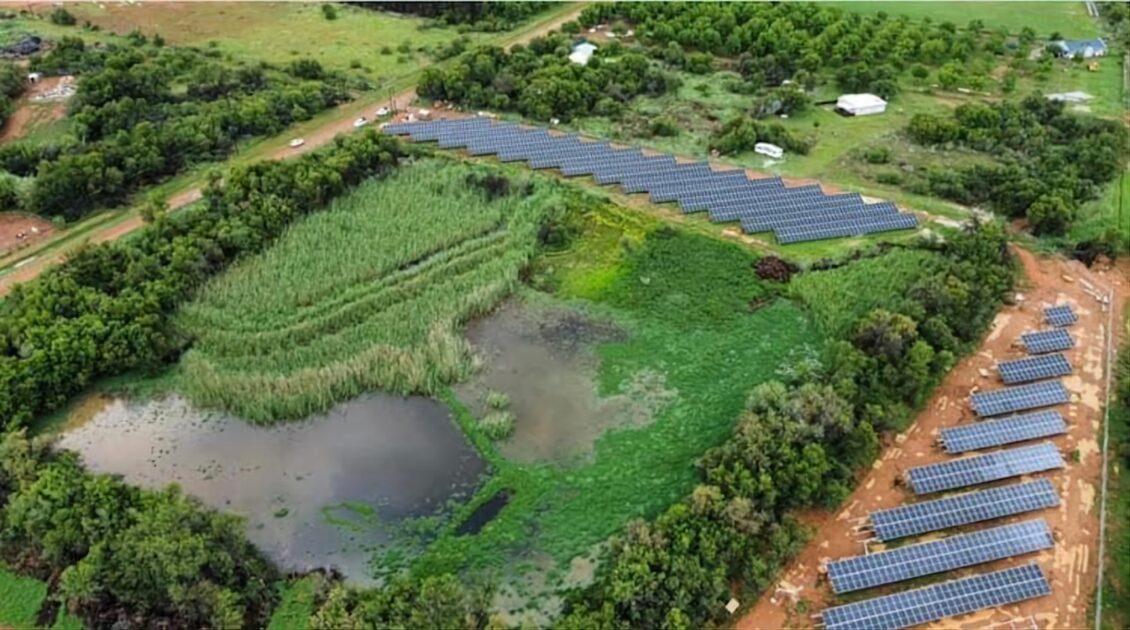
When one wanders in the town, it is like stepping back in time. This town is very well preserved with clean streets, decently kept homes, and an overall feeling of community. Residents are self-sufficient due to local businesses, solar farms that began in 2021, and schools supporting the local economy.
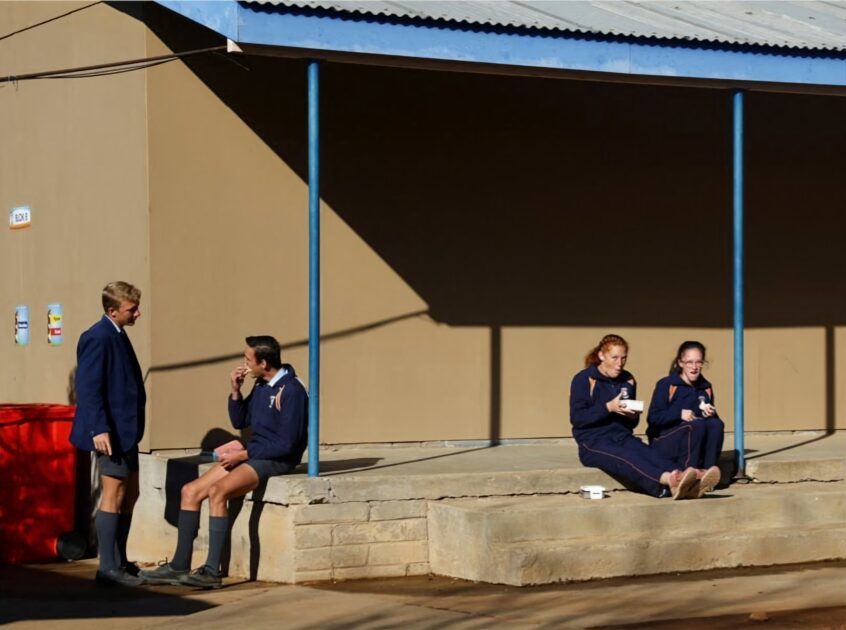
Education is done in Afrikaans only, and the focus is mainly on practical teachings as well as Afrikaner history and values. The town has its own radio station (Radio Orania), which broadcasts local news, music, and programs.
In the town, there are no political parties, everyone representing the community is chosen through nomination and voting. The selected representatives do not receive a salary. They had a settlement with the South African government, giving them the right to make their own municipal bylaws as a local government and also have their own local taxes and levies, which they use for the development of the community.
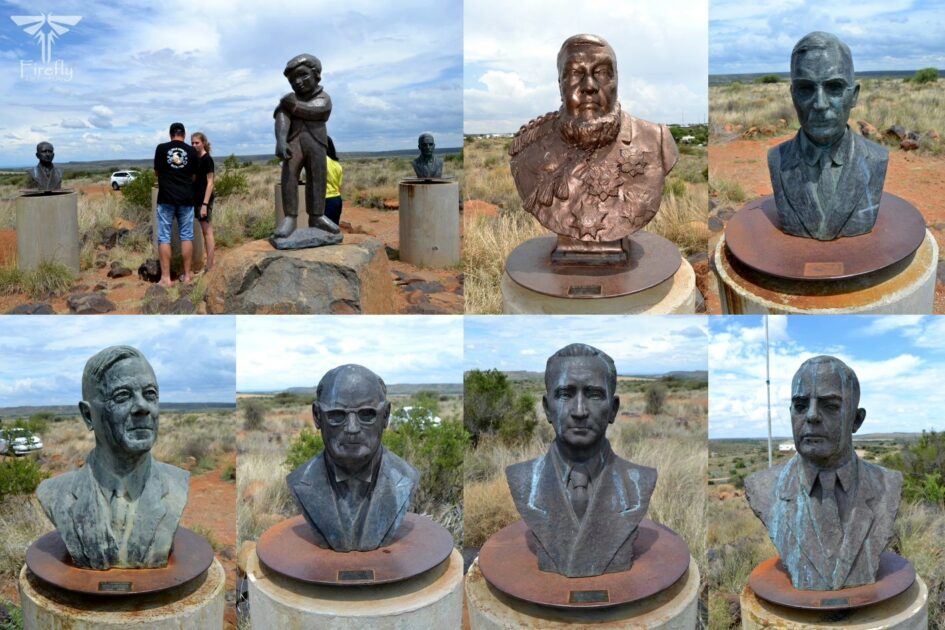
The town is picturesque but still raises some concerns regarding the government’s policies regarding racial separation. This policy of only allowing Afrikaners to live and work in the town has gained quite a negative reputation all over South Africa and elsewhere. Opponents of this ideology claim that it covers up the effects of apartheid.
Controversy and Criticism
The opponents of The town argue that the town symbolizes a very painful patch of history and they try to justify their claims by saying that the apartheid period of South Africa was very bad and sensitive. To a certain extent, the town symbolizes a town that stands contrary to attempts made by the state to create a multicultural society.
Johannesburg based political analyst Thandi Mokoena states,
“Orania is a slap in the face to everything South Africa has worked towards since 1994. It’s a reminder that some people still cling to the idea of racial superiority and exclusion.”
Nonetheless, these claims are dismissed by the residents of the town. They contend that their community is based on the idea of cultural preservation instead of racism. Carel Boshoff IV, a leader in Orania and the grandson of the town’s founder said,
“We’re not against anyone; we’re just for ourselves. We want to live in a way that honors our heritage and ensures our survival as a people.”
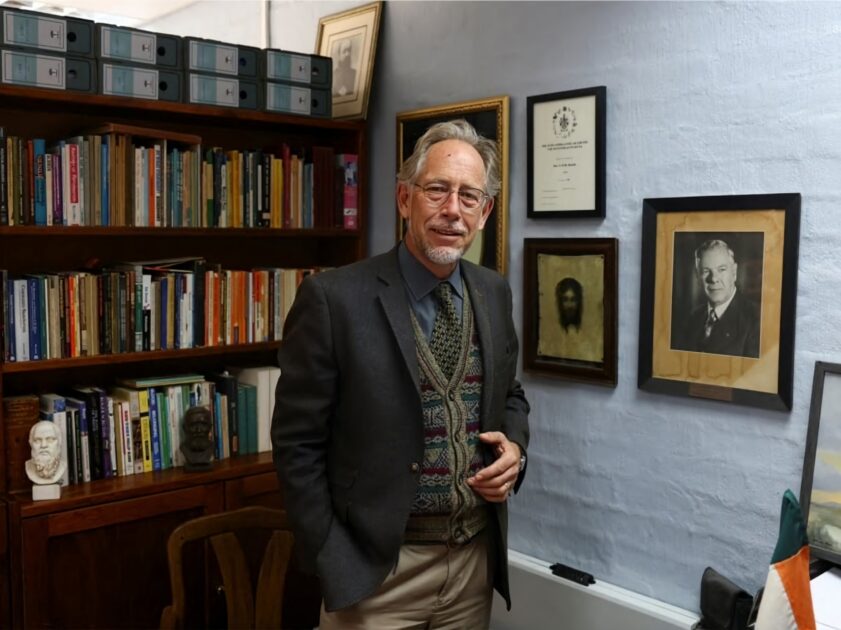
The Road Ahead: Growth or Isolation
The town is one of the most talked about town in South Africa and due to this reason, it is highly debated and as South Africa is still dealing with a lot of problems concerning race, inequality, and fiercer identity, Orania stays an argumentative idea. The town has seen a steady increase in population in recent years.
Some analysts suggest that the town’s existence highlights the failures of the post-apartheid government to fully address the concerns of all its citizens.
“Orania is a symptom of a broader problem,” says Mokoena. “It shows that not everyone feels included in the new South Africa.”


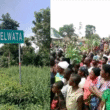
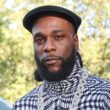
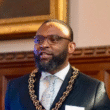
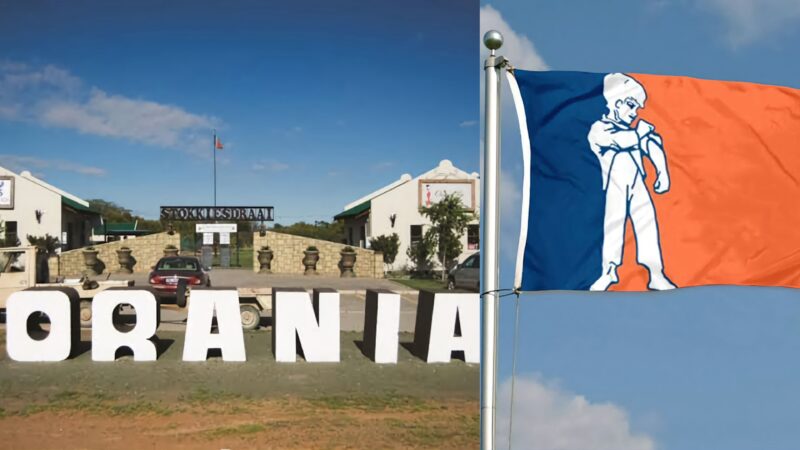
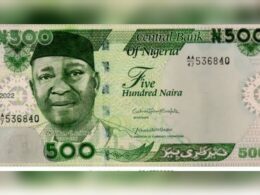
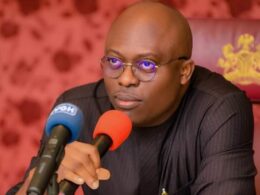
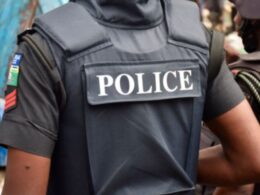
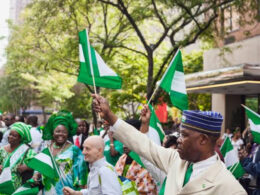
Join our Channel...